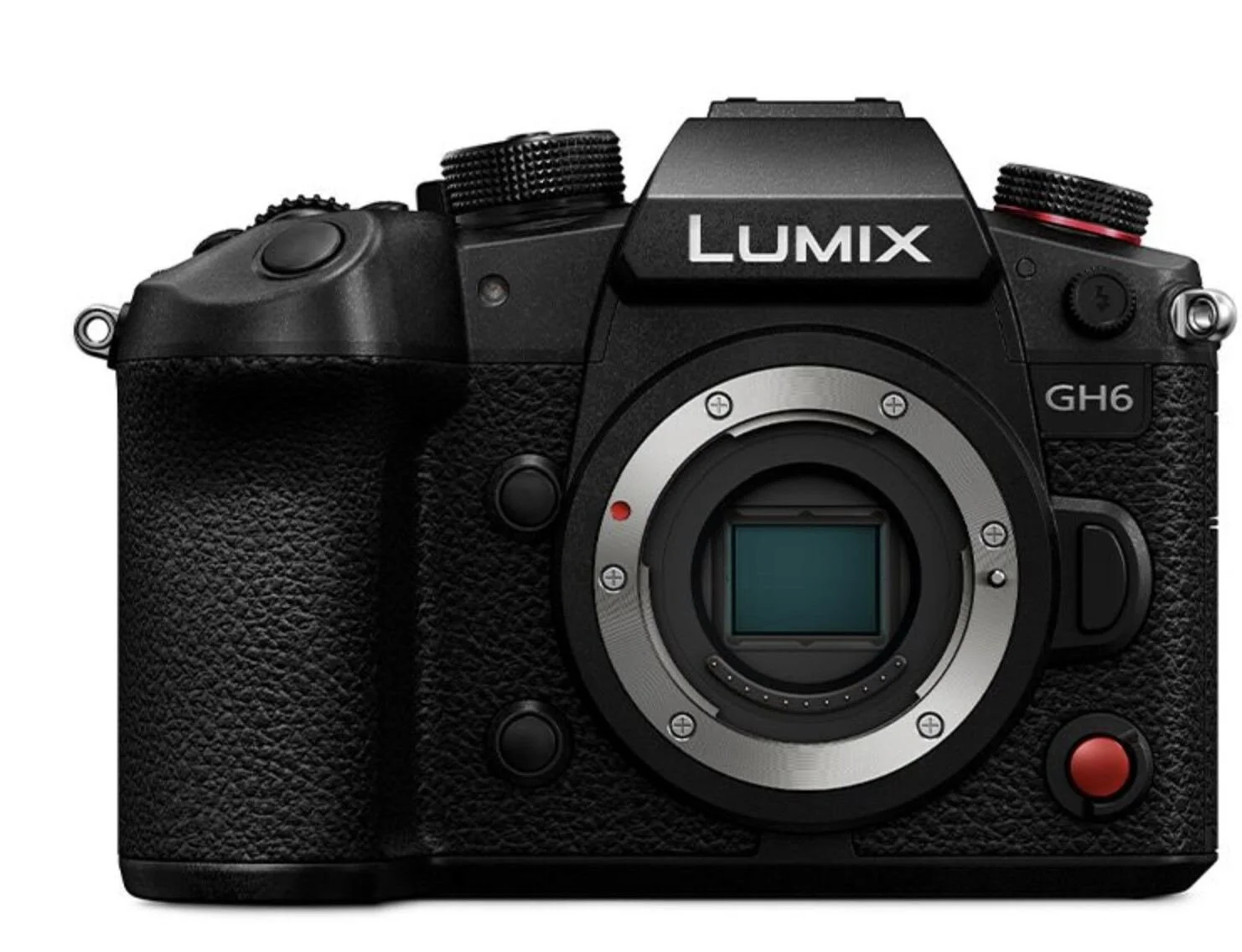Technical Advancements in Mirrorless Cameras
Mirrorless cameras have revolutionised the photography landscape with their compact design and advanced technological features. These cameras are mechanically simpler than SLRs, lacking the traditional mirror mechanism, which makes them smaller, lighter, and quieter. This advantage is particularly beneficial in fields like wildlife and event photography, where discretion is crucial. Moreover, the absence of a mirror allows for faster and silent shooting capabilities, significantly enhancing the user experience during continuous high-speed photography, with some high-end models offering up to 40 frames per second.
Advancements in Autofocus and Image Stabilisation
Mirrorless cameras boast on-sensor autofocus systems that are generally faster and more accurate than those found in SLRs. This system allows for real-time tracking and autofocus, even in complex lighting conditions, making them ideal for both amateur photographers and professionals. Additionally, the integration of in-body image stabilisation (IBIS) helps to reduce camera shake, facilitating clearer and sharper images even at slower shutter speeds. This feature is invaluable for capturing high-quality images in challenging environments without the need for additional stabilisation equipment.
Impact on the Photography Industry
Mirrorless cameras are rapidly reshaping the photography industry, influencing everything from market trends to professional practices. As these cameras are predicted to soon surpass SLRs in market dominance, major brands like Nikon, Canon, and Sony are increasingly investing in mirrorless technology. This shift is not only due to the enhanced features such as lighter weight, faster autofocus, and superior video capabilities but also because of the broader implications for various photography fields.
Market Trends and Brand Adoption
1. Increasing Market Share: Mirrorless cameras are becoming the preferred choice, with projections showing they may soon lead the market, overtaking SLRs.
2. Brand Investment: Recognising the potential, major brands are focusing their research and development on enhancing mirrorless technology.
The adoption of mirrorless cameras is significantly impacting professional photographers. The benefits of mirrorless technology are gradually outweighing initial concerns regarding the changeover from SLRs. This transition is driven by the need for high-quality images and videos in fields such as wildlife photography, where the silent shutter and lightweight design of mirrorless cameras allow for less intrusive shooting.
Advancements and New Technologies
Mirrorless cameras are at the forefront of integrating advanced technologies:
AI Integration: AI-powered features assist in composition and post-processing, making complex photography tasks more accessible.
Innovative Designs: Developments in camera technology, such as 3D printing and computational photography, are creating new forms of expression and techniques in photography.
These technological integrations are not only enhancing the functionality of cameras but are also expanding the creative boundaries for photographers. As mirrorless cameras continue to evolve, they are set to redefine the landscape of photography, influencing both the technique and the business of capturing images.
Future of Photography with Mirrorless Technology
Mirrorless cameras are poised to redefine the landscape of photography through a blend of technological innovation and market dynamics. With predictions indicating a significant growth in the mirrorless camera market from 2024 to 2031, these devices are expected to dominate the photography scene. Key players like Sony, Canon, and Nikon are relentlessly driving advancements, focusing on features such as enhanced battery life, superior sensor technology, and video capabilities reaching up to 8K resolution.
Market Growth and Technological Advancements
Sensor Enhancements: Continuous improvements in sensor design promise higher quality images with greater detail and dynamic range.
Battery Innovations: Enhanced battery technology will allow longer shooting times, crucial for professional fieldwork.
Video Resolution: Advancements in video technology are moving towards standardising 8K video, providing unprecedented clarity and detail for videography.
Emerging Trends in Photography
The integration of AI and computational photography is set to revolutionise how photos are taken and processed, making complex tasks more accessible. AI-driven autofocus and tracking systems offer refined accuracy, particularly in eye-tracking and predictive movements, crucial for dynamic shooting environments. Additionally, the rise of 3D printing and virtual reality in photography allows for more immersive experiences, with 360 camera technology enabling users to create fully encompassing visual narratives.
Future Projections and Innovations
The future of photography with mirrorless technology will likely embrace more interactive and immersive forms, such as augmented and virtual reality experiences. The popularity of nostalgic film aesthetics and the resurgence of manual, film-based photography highlight a consumer desire for tactile, authentic photographic experiences alongside digital advancements. As mirrorless cameras continue to evolve, they will play a pivotal role in both the artistic and technical sides of photography, catering to a broad spectrum of users from casual enthusiasts to professional photographers.
Conclusion
The exploration of mirrorless camera technology underscores its pivotal role in the evolving narrative of photography, heralding a paradigm shift towards more compact, efficient, and innovative photographic instruments. These advancements not only enhance the photographic experience for professionals and enthusiasts alike but also reiterate the profound impact of technological evolution on artistic expression and industry standards. As mirrorless cameras continue to advance, integrating features such as AI, EVFs, and IBIS, they redefine the boundaries of what is possible in photography, illustrating a future where technology and creativity intersect seamlessly.
Looking ahead, the trajectory of mirrorless cameras is set to further disrupt and redefine the landscape of photography, encouraging photographers to push the limits of their creativity while benefiting from unparalleled technological support. The ongoing commitment of leading brands to develop and refine mirrorless technology promises to bolster its market dominance, enriching the field of photography with innovations that cater to an ever-expanding spectrum of photographic needs. As we embrace the advancements outlined, the future of photography appears not only vibrant and diverse but also more accessible and immersive, thanks to the revolutionary capabilities of mirrorless cameras.




























